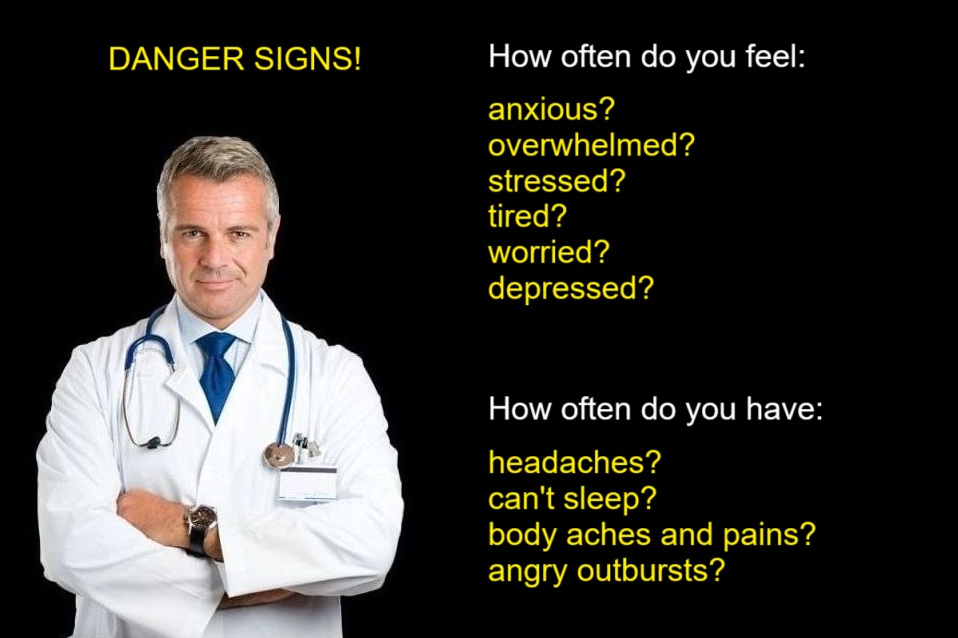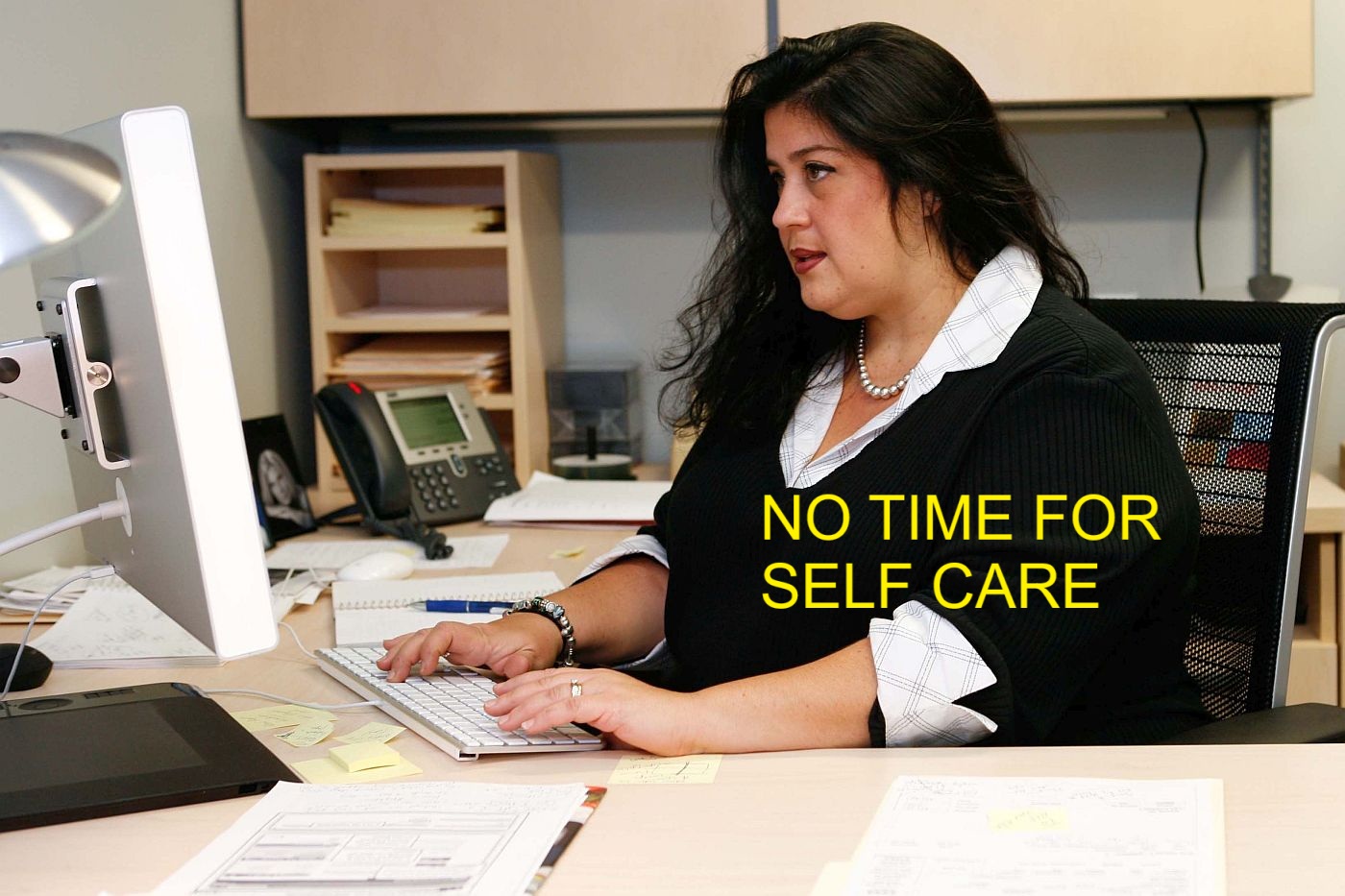The issue of homelessness has become increasingly visible in many parts of the world, with tent cities and individuals living in vehicles becoming a common sight in urban areas. While the direct effects of homelessness on those experiencing it are well-documented, there is a lesser-known consequence of this crisis: the emotional toll it takes on bystanders, observers, and the community at large. This phenomenon, known as compassion fatigue, refers to the physical, emotional, and mental exhaustion that can occur when individuals are exposed to the suffering of others without adequate support or resources. In this article, we will explore the concept of compassion fatigue, its effects on bystanders’ mental health, and the ways in which witnessing homelessness can lead to feelings of helplessness and despair.
Understanding Compassion Fatigue
Compassion fatigue is a condition that was first identified in the 1990s among healthcare professionals who worked with trauma patients. It is characterized by a range of symptoms, including emotional exhaustion, decreased empathy, and a reduced ability to experience pleasure. Compassion fatigue can occur when individuals are repeatedly exposed to traumatic or stressful situations, leading to a sense of burnout and emotional depletion. In the context of homelessness, compassion fatigue can affect not only those who work directly with homeless individuals, such as social workers and outreach workers, but also bystanders who witness homelessness on a regular basis.
The Effects of Witnessing Homelessness on Mental Health
Witnessing homelessness can have a profound impact on an individual’s mental health, particularly if they are exposed to it regularly. Seeing people living on the streets, in tents, or in vehicles can evoke strong emotions, including sadness, anger, and frustration. For some, witnessing homelessness can lead to feelings of guilt and shame, particularly if they feel that they are not doing enough to help. Others may experience anxiety and fear, particularly if they perceive homeless individuals as a threat to their safety or well-being. Over time, these emotions can lead to compassion fatigue, as individuals become desensitized to the suffering of others and begin to feel overwhelmed and helpless.
The Role of Empathy in Compassion Fatigue
Empathy is a critical component of compassion fatigue, as it is the ability to understand and share the feelings of others that can lead to emotional exhaustion. When individuals are exposed to the suffering of others, they may experience a range of emotions, including empathy, sympathy, and compassion. However, if this exposure is repeated and prolonged, it can lead to a depletion of emotional resources, making it more difficult to experience empathy and compassion in the future. In the context of homelessness, empathy can be particularly challenging, as it requires individuals to confront the harsh realities of poverty, trauma, and marginalization.
The Impact of Compassion Fatigue on Community Mental Health
Compassion fatigue is not only a individual issue, but also a community one. When bystanders experience compassion fatigue, it can lead to a range of negative consequences, including decreased empathy and increased stigma towards homeless individuals. This can create a toxic environment, where homeless individuals are viewed as a nuisance or a threat, rather than as human beings deserving of dignity and respect. Furthermore, compassion fatigue can also lead to a sense of disconnection and isolation, as individuals become less engaged with their community and less willing to get involved in social issues.
Breaking the Cycle of Compassion Fatigue
So, how can we break the cycle of compassion fatigue and promote a more compassionate and empathetic response to homelessness? The first step is to acknowledge the emotional toll that witnessing homelessness can take on bystanders and to provide support and resources to those who are affected. This can include counseling, support groups, and education about the root causes of homelessness and the ways in which individuals can get involved in addressing it. Additionally, communities can work to create a more supportive and inclusive environment, where homeless individuals are treated with dignity and respect, and where bystanders are encouraged to get involved in advocacy and activism.
Strategies for Building Compassion and Empathy
There are several strategies that individuals and communities can use to build compassion and empathy in response to homelessness. These include:
- Education and awareness: Learning about the root causes of homelessness and the ways in which it affects individuals and communities can help to build empathy and understanding.
- Volunteering and advocacy: Getting involved in advocacy and activism can help to build a sense of purpose and meaning, and can provide individuals with a sense of control and agency in addressing the issue of homelessness.
- Mindfulness and self-care: Practicing mindfulness and self-care can help individuals to manage the emotional toll of witnessing homelessness, and can provide them with the emotional resources they need to respond with compassion and empathy.
- Community engagement: Building connections with others and engaging in community activities can help to create a sense of belonging and social support, and can provide individuals with a sense of purpose and meaning.
Conclusion
Witnessing homelessness can have a profound impact on an individual’s mental health, particularly if they are exposed to it regularly. Compassion fatigue is a real and significant issue, one that can lead to emotional exhaustion, decreased empathy, and a reduced ability to experience pleasure. However, by acknowledging the emotional toll of witnessing homelessness and providing support and resources to those who are affected, we can work to break the cycle of compassion fatigue and promote a more compassionate and empathetic response to this critical social issue. By building compassion and empathy, we can create a more supportive and inclusive environment, where homeless individuals are treated with dignity and respect, and where bystanders are encouraged to get involved in advocacy and activism. Ultimately, it is only by working together that we can address the root causes of homelessness and create a more just and equitable society for all.












